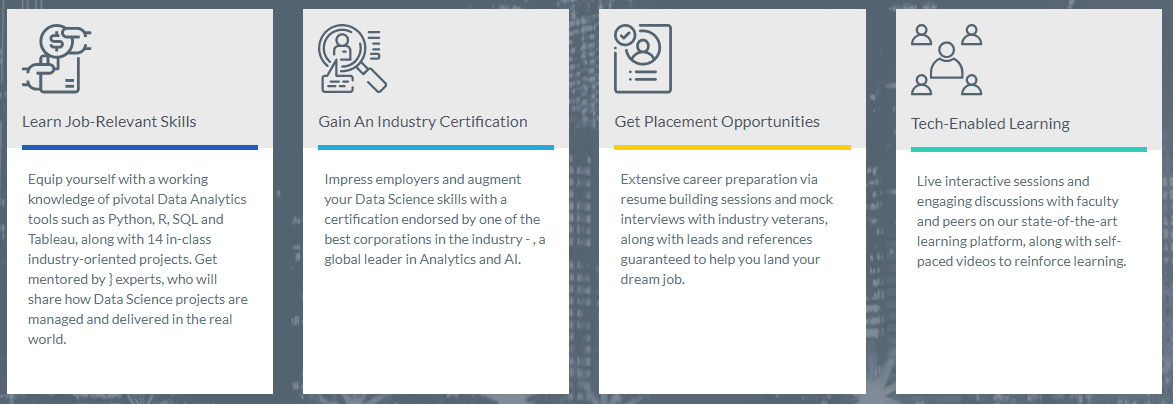Every day there is a large chunk of data produced, transferred, stored, and processed. Data science programmers have to work on a huge amount of data sets.
This comes as a challenge for professionals in the data science career. To deal with this, these programmers need algorithm speed-enhancing techniques. There are various ways to increase the speed of the algorithm. Parallelization is one such technique that distributes the data across different CPUs to ease the burden and boost the speed.
Python optimizes this whole process through its two built-in libraries. These are known as Multiprocessing and Multithreading.
Multiprocessing - Multiprocessing, as the name suggests, is a system that has more than two processors. These CPUs help increase computational speed. Each of these CPUs is separate and works in parallel, meaning they do not share resources and memories.
Multithreading - The multithreading technique is made up of threads. These threads are multiple code segments of a single process. These threads run in sequence with context to the process. In multithreading, the memory is shared between the different CPU cores.
Key differences between Multiprocessing and Multithreading
- Multiprocessing is about using multiple processors while multithreading is about using multiple code segments to solve the problem.
- Multiprocessing increases the computational speed of the system while multithreading produces computing threads.
- Multiprocessing is slow and specific to available resources while multithreading makes the uses the resources and time economically.
- Multiprocessing makes the system reliable while multithreading runs thread parallelly.
- Multiprocessing depends on the pickling objects to send to other processes, while multithreading does not use the pickling technique.
Advantages of Multiprocessing
- It gets a large amount of work done in less time.
- It uses the power of multiple CPU cores.
- It helps remove GIL limitations.
- Its code is pretty direct and clear.
- It saves money compared to a single processor system.
- It produces high-speed results while processing a huge volume of data.
- It avoids synchronization when memory is not shared.
Advantages of Multithreading
- It provides easy access to the memory state of a different context.
- Its threads share the same address.
- It has a low cost of communication.
- It helps make responsive UIs.
- It is faster than multiprocessing for task initiating and switching.
- It takes less time to create another thread in the same process.
- Its threads have low memory footprints and are lightweight.
Optimization in Data Science
Using the Python program with a traditional approach can consume a lot of time to solve a problem. Multiprocessing and multithreading techniques optimize the process by reducing the training time of big data sets. In a data science course, you can do a practical experiment with the normal approach as well as with the multiprocessing and multithreading approach.
 The difference between these techniques can be calculated by running a simple task on Python. For instance, if a task takes 18.01 secs using the traditional approach in Python, the computational time reduces to 10.04 secs using the pool technique. The multithreading process can reduce the time taken to mere 0.013 secs. Both multiprocessing and multithreading have great computational speed.
The difference between these techniques can be calculated by running a simple task on Python. For instance, if a task takes 18.01 secs using the traditional approach in Python, the computational time reduces to 10.04 secs using the pool technique. The multithreading process can reduce the time taken to mere 0.013 secs. Both multiprocessing and multithreading have great computational speed.
The parallelism techniques have a lot of benefits as they address the problems efficiently within very little time. This makes them way more important than the usual traditional solutions. The trend of multiprocessing and multithreading is rising. And keeping in mind the advantages they come up with, it looks like they will continue to remain popular in the data science field for a long time.
Related Article:
https://imarticus.org/what-is-the-difference-between-data-science-and-data-analytics-blog/








